Panagiota P. Chrysanthi, DPA & QSE Manager, Andriaki Shipping presented ‘’lessons learned from the ECDIS transition from paper to digital’’ during the 2016 SMART4SEA Forum. She advised that the industry can benefit from the advantages of the electronic navigation and control the safety risks with a smooth and methodical transition considering in the process the following key issues: Evolution, Consistency, Diligence, Integration and Safety.
During the last two years, Andriaki Shipping Co.Ltd has implemented a paperless navigation system for tankers. To the best of our knowledge and the experience that we have gained so far, we will examine the advantages/ disadvantages, problems raised and lessons learned from the transition from paper to digital navigation.
Backup system and concerns
So far, regarding the use of electronic back up system we have seen the following advantages:
- An electronic back up system is certainly cost effective in comparison with a paper back up as no paper charts and corrections required on board. The cost of the system depends on provider, purchased packages and ship’s trading area.
- It reduces workload on board as there are no paper corrections apart from the Emergency folio which usually consist of about 300 paper charts. This is a real advantage for vessels with worldwide portfolio which need to correct around 5,000 charts!
- When you don’t have paper charts onboard, crew is adapted more effectively to Electronic navigation as this is the only option onboard
- It eliminates the risk of inconsistency in passage plan between primary system and secondary as both should display identical information. According to SOLAS requirements we need to display identical information from both primary and secondary system at real time and to switch to each other within 45 seconds.
Although the process of converting the information and bringing it from the primary system to secondary sounds easy, the display of the electronic charts compared to the paper charts is quite different. Therefore, it is not easy to transfer all the display information from electronic charts to paper charts.
The use of electronic back up system has also some disadvantages:
- In case of failure of the electronic back up and depending on registered Flag requirements, vessels are not allowed to sail from the port; vessel must be provided with Paper charts to sail to next port for repairs [Refer to Greek flag Circ. 4339.20/ 03 /11]. This is real problem, as it is not always easy to supply the paper charts. An emergency portfolio could be a solution; the number of charts provided onboard depends on the company. The requirement is to reach to a safe port for repair. Oil majors , even if not formally , they imply as safe best practice the requirement for a second back up leading operators to the decision to fit their vessels with a third Independent unit. This is a different approach We e don’t have it onboard yet, as we have not been in position to deal with as of today but we might consider in the future. .
- Lack of ENC for certain trading areas
- ENC for certain areas have low zones of confidence and inaccurate displayed data raise concerns for the safe of navigation in the area
Problems identified
During the transition, we identified the following problems:
From the operators’ side, there is lack of industry consistency. There is no guidance for certain issues that our second mate is required to check onboard; for setting the safety contours, the entries/ records required in ECDIS voyage log, navigation in areas with low zone of confidence or inaccurate data and frequency of position cross check ing in paperless navigation
From the makers’ side, there is lack of essential setting provisions; there are so many modules, units, types which vary from one model to another and need upgrade. Therefore, you have to keep the crew trained. Also there are certain issues, for example the use and setting of DR (Dead Reckoning) which used to be an old traditional way of position fixing in case of GPS failure. If you are not fully aware of the safety implications while setting your type of model, you may navigate in a DR mode without even having any idea or a warning resulting in loss of position.. Also, some of the models don’t have an option for plotting lines of position which has always been the main alternative method of position with celestial bodies.These are issues which have been addressed with revised standards of S-52 and S-63 which become due on August 2016 and we expect number of features to be improved with the next upgrade.
From the crew side, overreliance to the electronic navigation eliminates crew proficiency in navigating safely where there is a problem with the GPS signal. A recent notice by the USCG warned for a potential unsafe navigation in case of GNSS failure in US waters, however, there could be a failure to GPS signals (termination or corruption) without any notice irrespectively to the navigating area; this makes the need to have the knowledge to apply the traditional modes of navigation more crucial. Also, in case of an improper display of the necessary information, it is quite dangerous for the second mate to control the mistake and make proper settings if he is not fully aware of the navigational principles.
Sharing Experience
From our perspective, we have identified few true/ false assumptions:
- We might think that navigating with an Electronic Chart is always a safe approach to ensure display of all available information. However, this is not always correct. For the areas where there is no Electronic Navigational Chart (ENC) coverage and we have to use a Raster Navigational Chart (RNC) along with a paper chart, we need to make adjustment of the geodetic datum. Default datum used in GPS calculations is WGS84. SENC are set in the correct system but in the areas of the world with RNC datum is not always WGS84.
- The Standards S52 and S63 are the approved SENC standards, but we don’t know the source of data cells.. Data cells may be converted to SENC upon displayed in ECDIS but we don’t know whether this transition is smooth and if all necessary corrections and data are displayed. UKHO ENC data cells conversion to SENC and display on ECDIS has been proved an accurate approach as of today as a formal source, UKHO, is being used.
- We may think that the use of paper chart is the areas without a ENC is no longer safe; this is a false assumption. Since some of the operators have paper charts as a backup system, obviously it is a safe approach. Where ENC is not available or when ZOC is low or “Un assessed” the RNC use together with update paper chart is the safe approach with correct setting. Vessel will sail as she used to navigate in paper navigation mode.
- There is also the assumption that when the Zone Of Confidence is high, chart data are absolutely accurate; it is not so simple. Normally the corners arise after below zone B. Safe practice is to set margin in UKC calculation for the inaccurate depth/position accuracy depending on ZOC. ZOC is not the only criteria for quality of data displayed. Each chart has a number of data which they have to be checked through “ECDIS pickup report’’. DRVAL (Depth Range Value) indicates the minimum depth that can be found in the area. Thus you may navigate in high ZOC , while your DRVAL is less than you set safety depth value which is again a problem.
In reference to the above concerns, we contacted with formal bodies. ‘’Unfortunately UKHO cannot influence coverage or content of ENCs created by foreign charting authorities. In these circumstances it is advisable to use the Source Data diagram on the raster [paper] chart for this information’’ UKHO stated to its reply. That means that there is no alternative option or safest approach from using your paper chart when you ENC data are inaccurate or unavailable.
In conclusion, Electronic Navigation is safe under the following circumstances:
- if you are prepared and vigilant to monitor problems , assess hazards and consider control measures
- if you invest on Crew continuous training
- if you continue to practice your Crew on traditional navigational methods
- if you make sure that your Office staff is properly trained to be Mentors of the Electronic navigation
- if you have dedicated Management of Change process and you plan methodically your steps forward.
- if you share your experience and be preventative.
After all, we do actually gain benefits from the change from paper to electronic navigation as we are able to conduct audits remotely through VDR; we learn from the incidents with real time data; we can build up and integrate navigational data information (weather routing/optimum passage, all publications data information) and we can also support better the vessel in case of emergency .
Above article is an edited version of Mrs Panagiota Chrysanthi presentation during the 2016 SMART4SEA Forum
Click here to view her video presentation
The views presented hereabove are only those of the author and not necessarily those of SAFETY4SEA and are for information sharing and discussion purposes only.
[divider]
About Panagiota P. Chrysanthi
 Panagiota P. Chrysanthi has a master degree in Maritime Operations and Management and currently holds the position of the QSE Manager and DPA Manager in Andriaki Shipping. She is also responsible for the development and monitoring of implementation of fleet ship energy environmental plan. She is member of INTERTANKO Environmental Committee, LR Environmental Sub-Committee, HELMEPA Training Committee, Hellenic Maritime HSCQ Forum, WISTA and MTS.
Panagiota P. Chrysanthi has a master degree in Maritime Operations and Management and currently holds the position of the QSE Manager and DPA Manager in Andriaki Shipping. She is also responsible for the development and monitoring of implementation of fleet ship energy environmental plan. She is member of INTERTANKO Environmental Committee, LR Environmental Sub-Committee, HELMEPA Training Committee, Hellenic Maritime HSCQ Forum, WISTA and MTS.




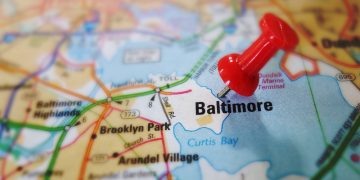
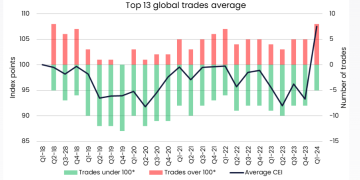
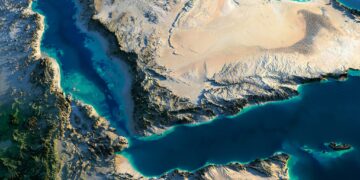
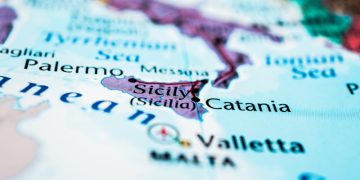
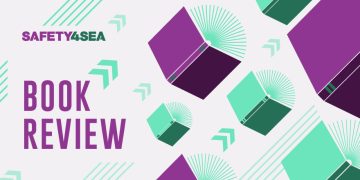
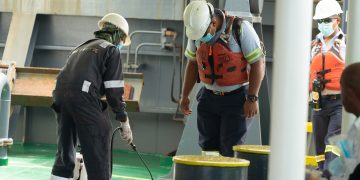


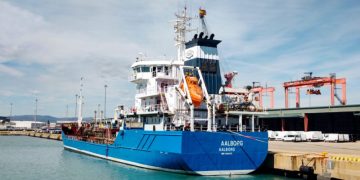
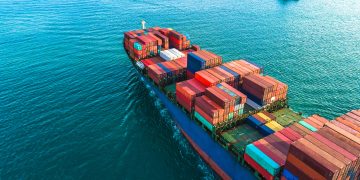
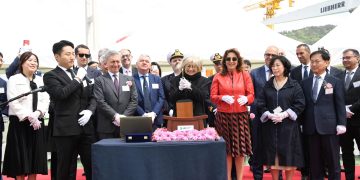
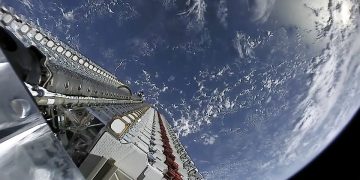
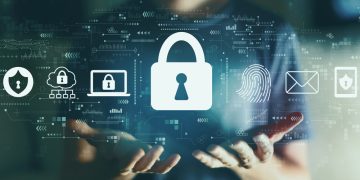
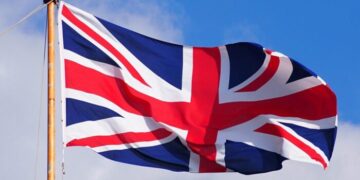
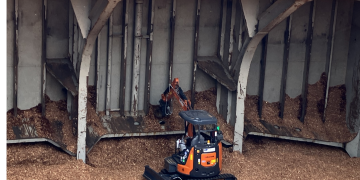
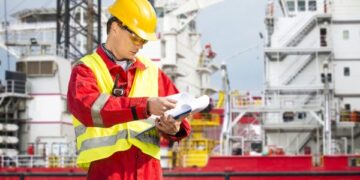
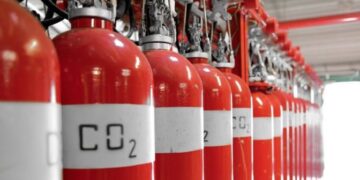
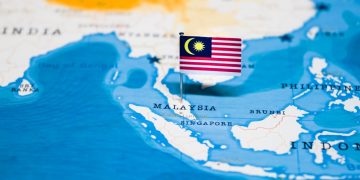

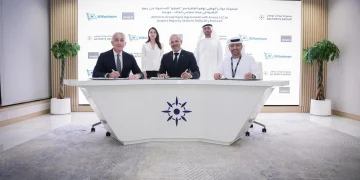
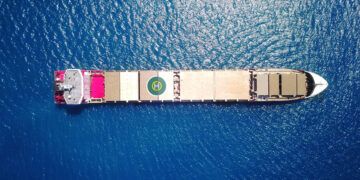


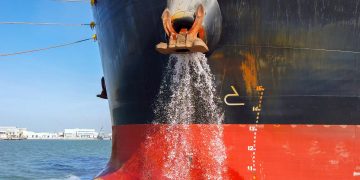
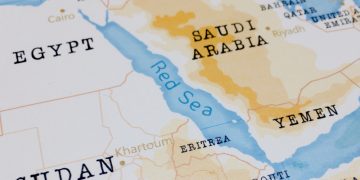


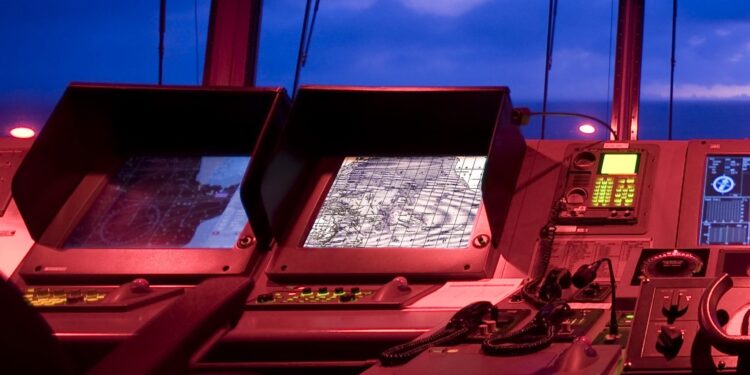



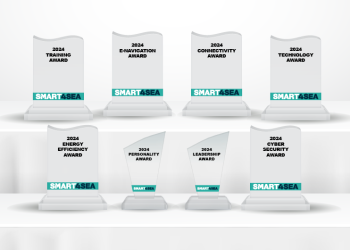

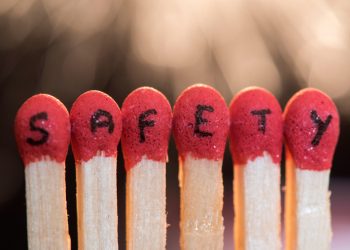
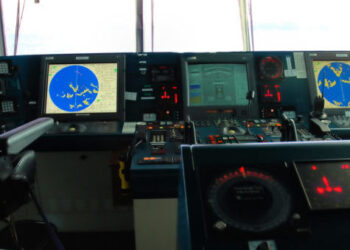
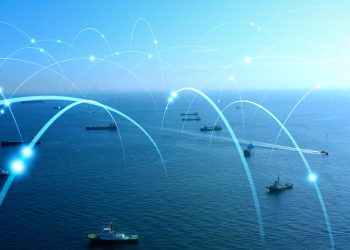
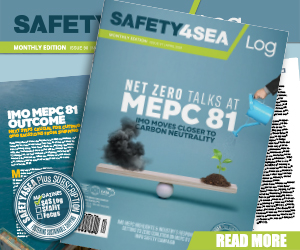
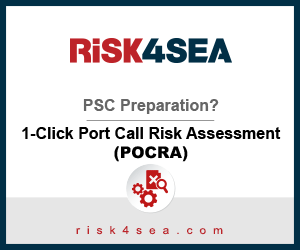
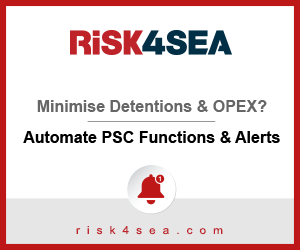
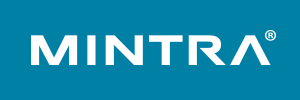
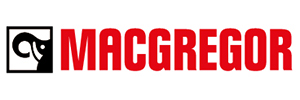
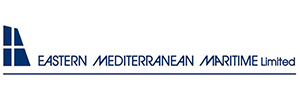
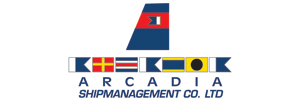
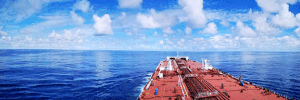
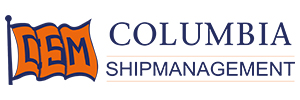
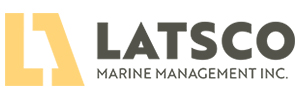
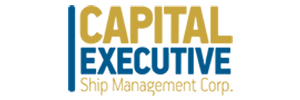
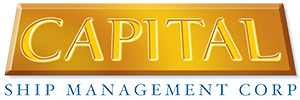
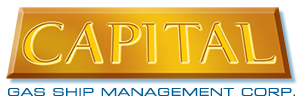
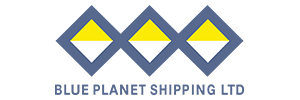
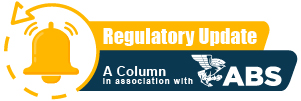
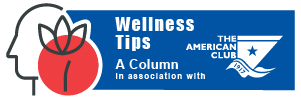




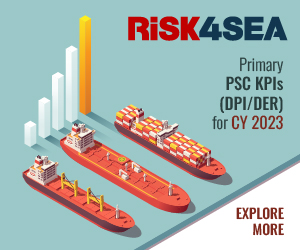
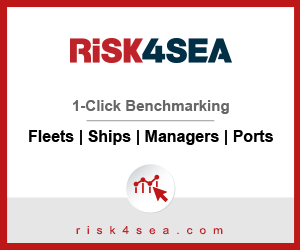
It’s wonderful equipment for the navigators